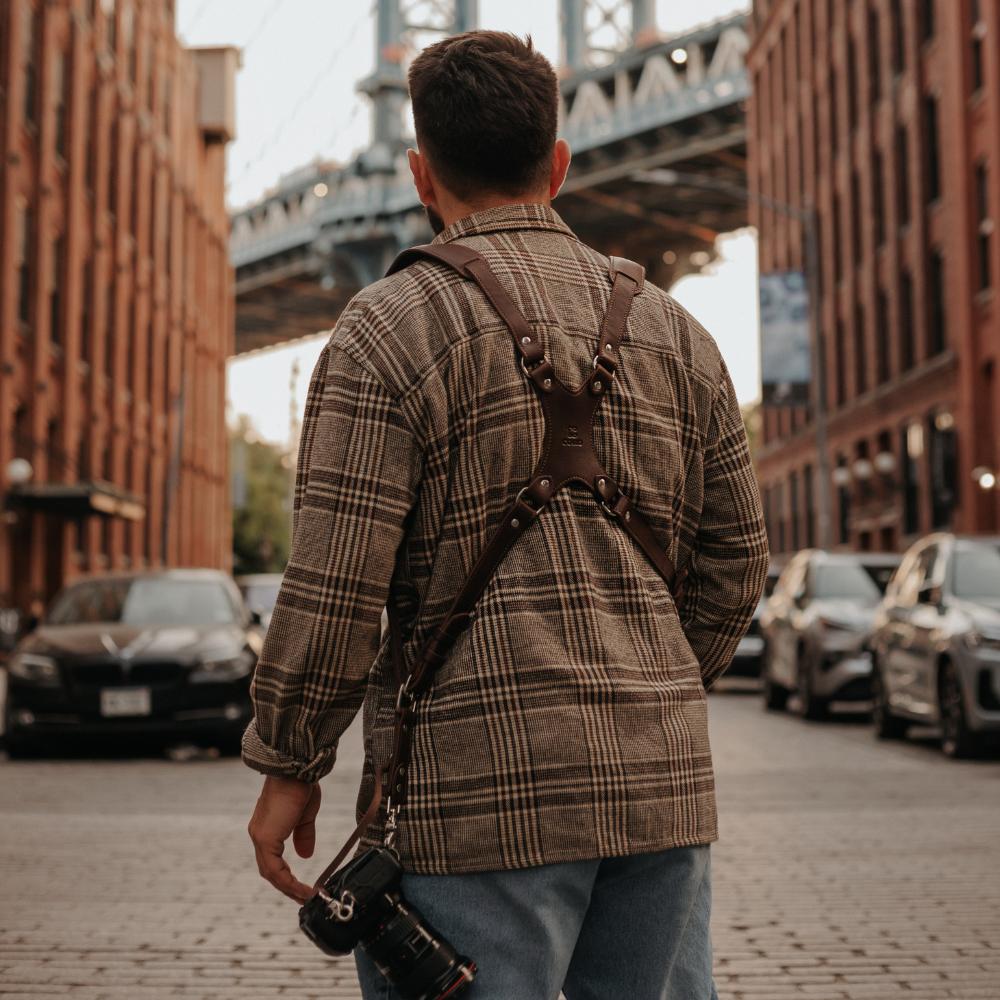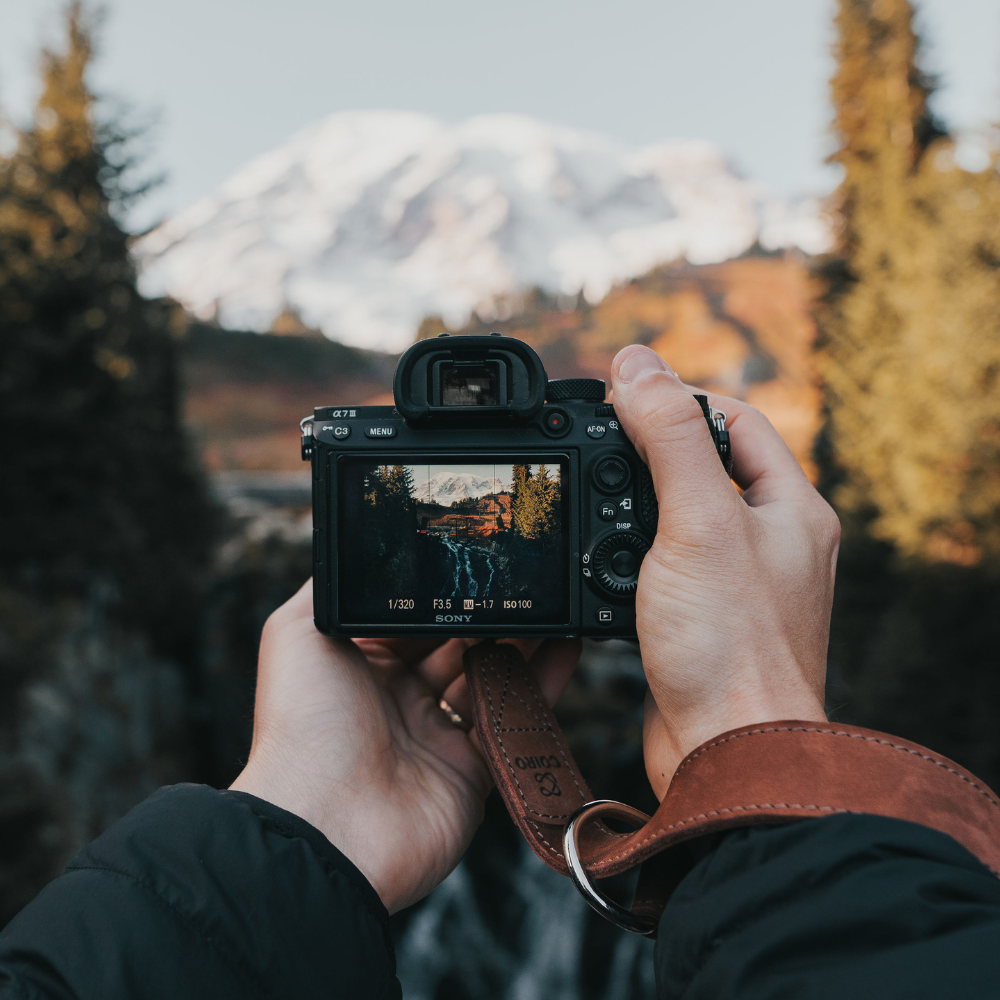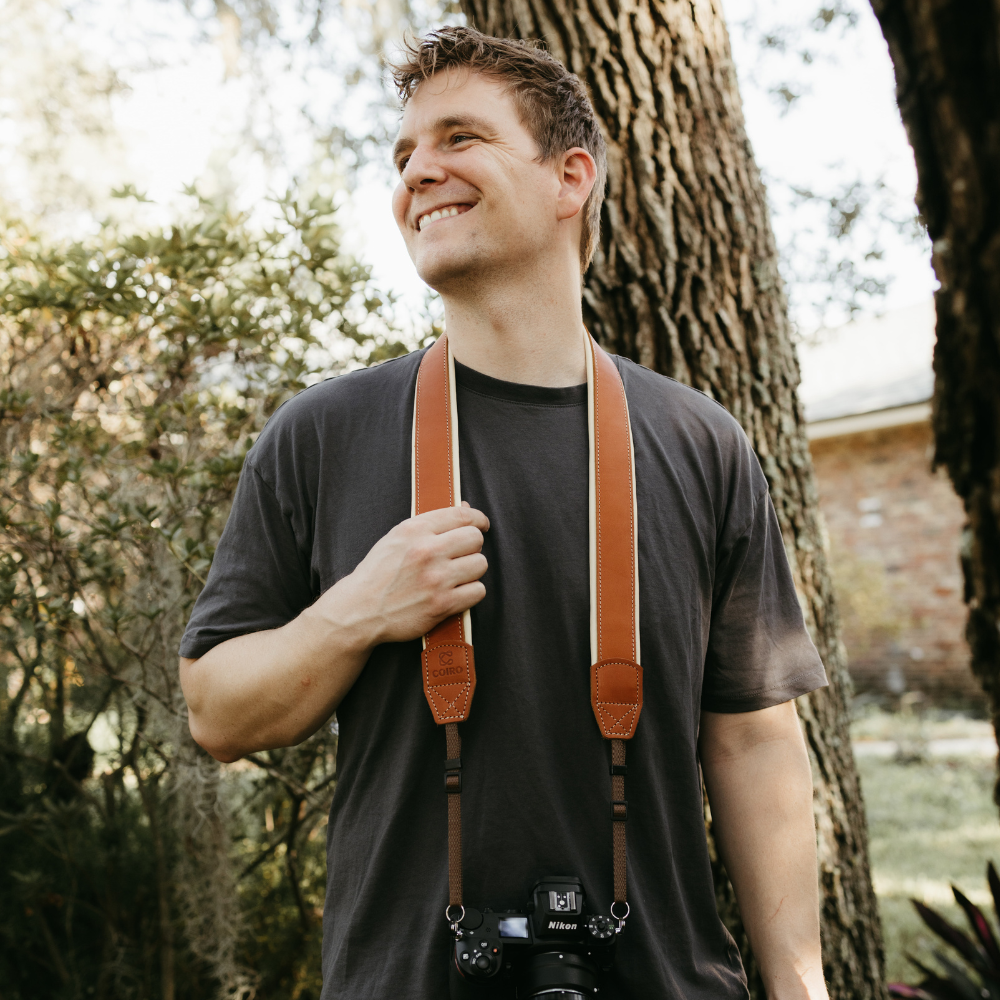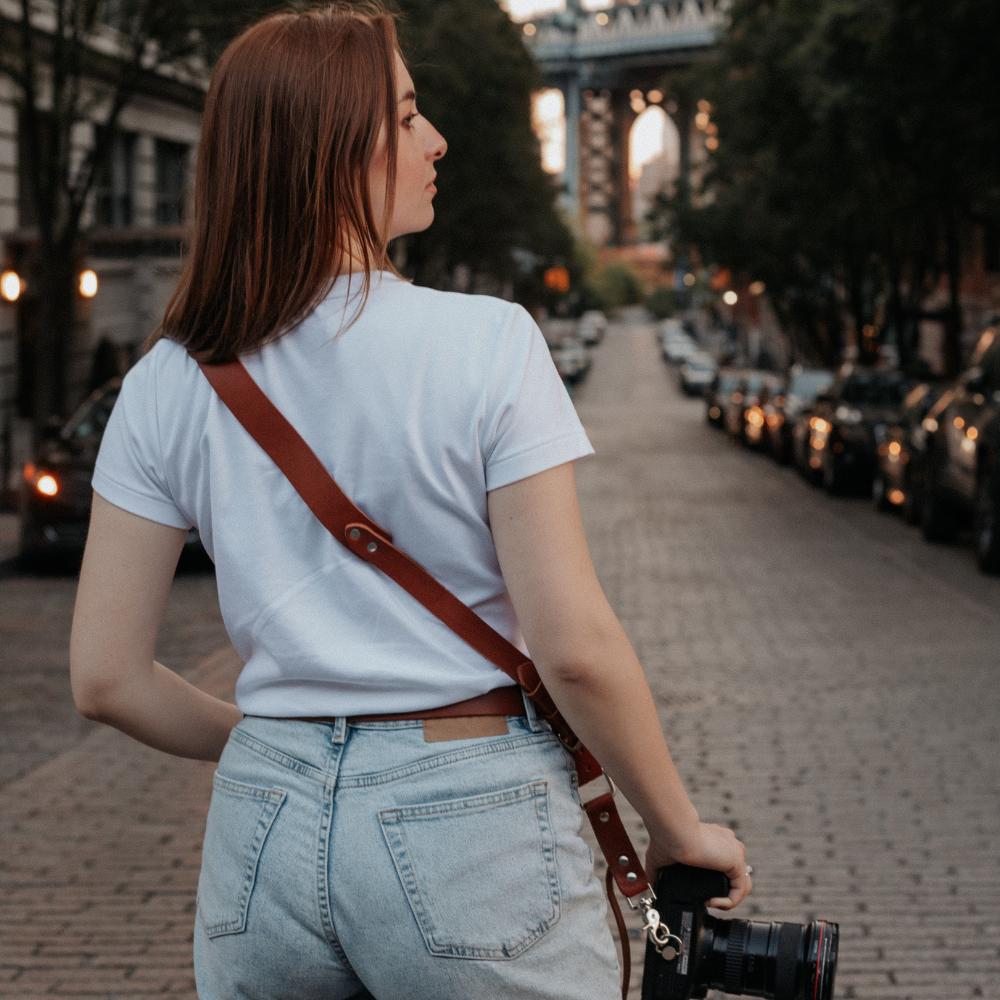When it comes to portrait photography, one of the main issues is the choice of light source. Among the most popular options for creating soft and attractive lighting are ring light and softbox. Both of these tools have their own specific features, advantages and disadvantages. Therefore, you should choose one or another option depending on the situation, because in each specific case one of them may be preferable to the other. We suggest considering this topic in more detail, determining their impact on portrait photography. This will help you choose the most optimal solution according to your needs.
What is a ring light?
A ring light is a special lighting tool made in the form of a round light source, which is located in the shape of a ring. It can be either LED or made on the basis of fluorescent lamps. Its main advantage is the ability to create uniform lighting across the entire face, minimizing shadows and emphasizing skin details.
Today, ring light is one of the most popular tools for portrait photography, as it allows you to create unique visual effects and easily control the lighting. This option is ideal for those who want to achieve soft, even lighting with minimal shadows, as well as for creating bright and expressive eyes. Due to its compactness and ease of use, it is an excellent choice for both beginners and professionals working on the go. Among the main advantages, it is worth highlighting:
-
Soft lighting. Ring light creates soft lighting that is evenly distributed over the entire subject. This is especially important for portrait photos, when you want to eliminate shadows on the face as much as possible.
-
Special eye effect. One of the most noticeable effects is the unique lighting of the eyes. This is due to the fact that the ring around the camera allows you to create characteristic glare in the model's eyes. Due to this, the look becomes brighter and more expressive.
-
Ease of use. This option for organizing lighting for shooting is usually compact and easy to transport. This makes it a great choice for mobile photography when quick and easy lighting is required.
-
Easy to set up. It is extremely easy to set up, and it is almost impossible to make a mistake. Even an inexperienced user can achieve high-quality results without having a deep knowledge of lighting.
Although a ring light often wins against a softbox, it also has its drawbacks, which are also worth mentioning. The limited illumination area and the lack of flexibility in controlling the direction of the light can be a serious problem if you are going to photograph large objects or group portraits. A ring light is more suitable for small objects or portraits. If you want to light a large stage or several people, it will not be enough. It is also worth noting that the ring light is always in the same position, it is not as easy to control its direction and shape as with other light sources.
What is a softbox?
A softbox is a light modifier that is used to create soft light. It usually consists of a frame with fabric stretched over it. Thanks to this, it is possible to diffuse the light, while creating soft shadows and natural lighting. Softboxes can be made in different shapes and sizes. There are square and rectangular models on sale, and there are also more complex ones with rounded and even polygonal shapes.
Softbox light can rightfully be called universal, because the photographer has the ability to control it with maximum precision. Flexibility and the ability to create expressive shadows make softbox light an ideal choice for creating dramatic and natural portraits. At the same time, this solution is great for both single and group shots. Also among the undeniable advantages, it is worth highlighting:
-
Maximum control. Softbox allows you to more accurately control the direction of light. This makes it possible to highlight the desired areas of the face or background, avoid excessive lighting on unnecessary parts of the scene.
-
Flexibility. Thanks to the various shapes and sizes of the models, it is possible to use them both for portrait photography and for creating group shots.
-
Deep shadows. A softbox often wins against a ring light in that it can create more expressive shadows. This is especially important if you are creating dramatic or artistic portraits. 4. Naturalness. A softbox helps create lighting that is as close to natural as possible. This makes it possible to convey all the nuances of skin texture and portrait details with the utmost precision.
But despite its advantages, there are also disadvantages. The difference between a ring light and a softbox is that the latter is more bulky and difficult to transport. In addition, it is worth noting that it takes time to set up and may not always provide the same uniformity of light as a ring light. Sometimes this limits its use in dynamic conditions. Other disadvantages include:
-
Size and difficulty of transportation. Unlike a ring light, a softbox is more bulky. It requires much more space for installation, due to which it may be inconvenient for mobile filming.
-
Slow setup. Setting up a softbox can take a little longer. This is especially true if you need to change the angle of incidence of light or switch between different modifiers.
-
Shadows. Although a softbox creates soft shadows, its disadvantage is that it is not always possible to achieve the same uniformity as when using a ring light.
Ring light vs softbox — which is better?
When choosing between a ring light and a softbox, the following factors should be taken into account first.
Shooting type
If your goal is to create a portrait with noticeable catchlights in the eyes, a ring light is a great choice. This is especially true for social media shoots, where this effect is most popular.
However, if you want more control over the lighting, for example when working with several models or in a room with limited space, a softbox will give you more flexibility. It is also an ideal choice for creating more complex and multi-layered images, when shadows and textures are especially important.
Quality of light
A ring light is much better suited to creating soft, even lighting without pronounced shadows. This is especially true for models with more sensitive skin, when you need to minimize defects and unevenness. A softbox, on the other hand, allows you to achieve more complex, multi-faceted lighting with varying intensities of light spots. This allows you to give the image additional depth. Size and mobility
For mobile shooting or working in confined spaces, a ring light is a clear winner due to its compactness and ease of transportation. A softbox, on the other hand, takes up a lot of space, making it less convenient to use in the field or when shooting in small studios.
Techniques and working style
If you prefer to use light to create complex portraits, when shadows and accents are especially important, a softbox will still be the best tool. At the same time, a ring light is ideal for creating brighter and cleaner portraits with minimal shadows.
Let's sum it up
When choosing between the two options, you should first of all start from the upcoming working conditions and the goals pursued. A ring light is suitable for those who are looking for simplicity, mobility and bright portraits with expressive eyes. A softbox will provide more flexible and detailed lighting, which is ideal for more complex and artistic shooting. If you are just starting out in portrait photography, a ring light can be a good choice for your first steps. While more experienced photographers working with various lighting effects are increasingly choosing the softbox for its versatility and control over the light. In any case, both a ring light and a softbox can be important tools in a photographer's arsenal, and the choice depends on the specific situation and shooting requirements.





